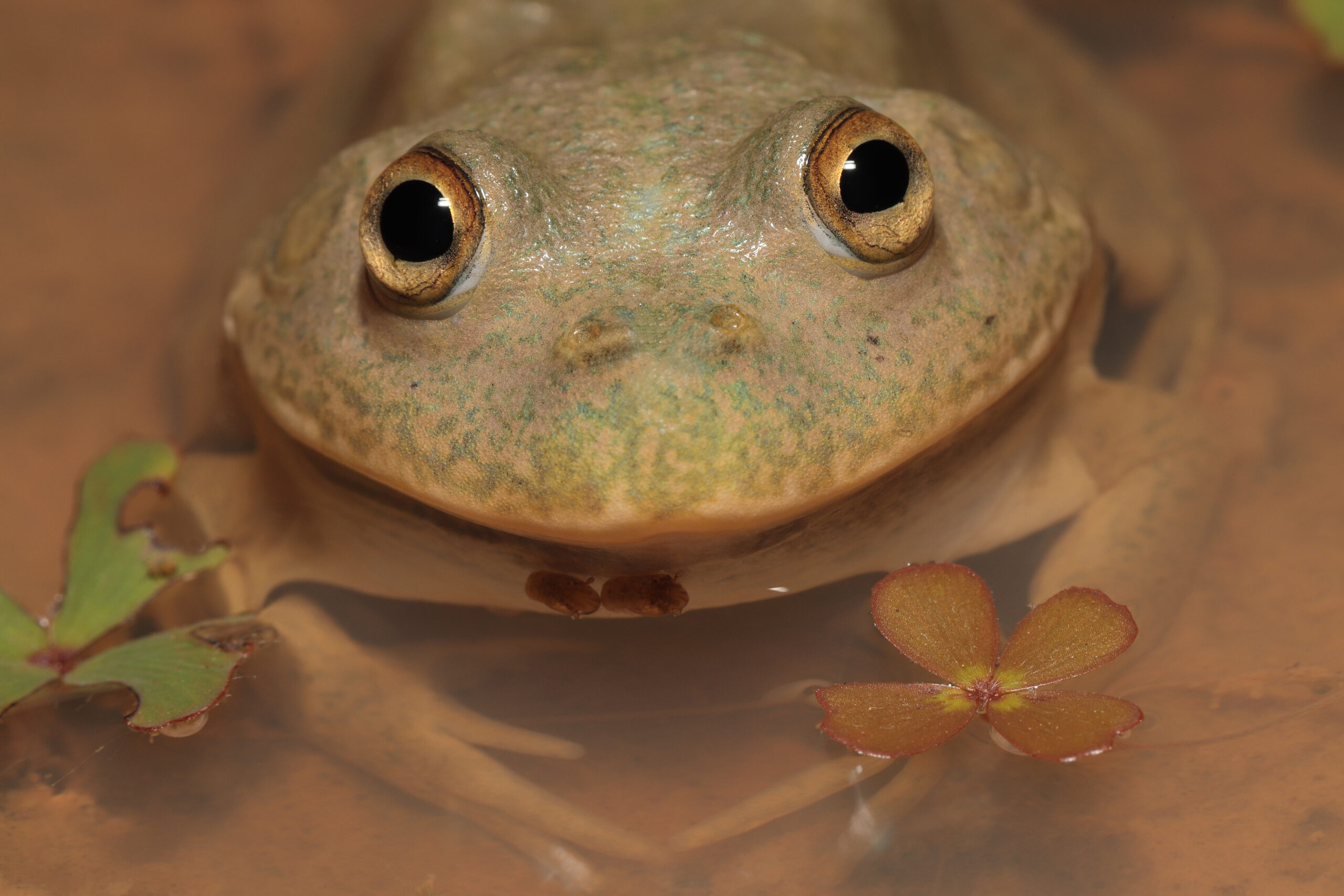| Common name | Stonefish |
| Scientific name | Synanceia sp. |
| Type | Fish |
| Diet | Fish and crustaceans |
| Average lifespan | Unknown |
| Size | Up to 35cm in length |
Two things stand out most about stonefish: they have extraordinary camouflage, which makes them blend in with the reef or rocks where they live, and they are diabolically venomous.
There are two species of these marine fish found in Australian waters – the reef stonefish (S. verrucosa) and estuary stonefish (S. horrida). The reef species is recognised as the “world’s most venomous fish”, capable of killing an adult within an hour of being stung.
Being tropical creatures, stonefish are found in the northern half of Australia, in shallow waters in coastal areas. Their highly developed camouflage is all about their mode of capturing prey. They are what’s known as sit-and-wait, or ambush, predators, which can hide without moving for long periods of time until an unsuspecting fish or crustacean passes too close. Then they will move with lightning-fast reflexes to snatch and swallow prey. They have large mouths that open widely and particularly powerful jaws, and together these two features usually allow them to swallow any prey whole.
The venom in stonefish is not for use against prey, but instead against their own potential predators. It’s contained in a series of long spines along the back, each with two glands at the base that pump venom up along a hollow duct in each spine.
People are stung by these fish mostly on the feet when they come across them accidentally while walking across reef flats or in rocky areas. Although many people are believed to have died from stonefish stings on islands throughout the Indian and Pacific oceans, no one in Australia has been known to die from one since European settlement. Fast and efficient first aid has usually been the reason why and since the late 1950s an antivenom has been available for use against stonefish toxin.
A sting is extremely painful straight away; intended to be an immediate warning to would-be predators to leave these fish alone. Anyone stung will also find it quickly hard to breathe. It can cause cardiac arrest, convulsions, and paralysis.
Because of the risk, it’s always recommended that anyone walking on reefs in northern Australia wears sturdy shoes and if they’re stung to immediately seek medical advice.








